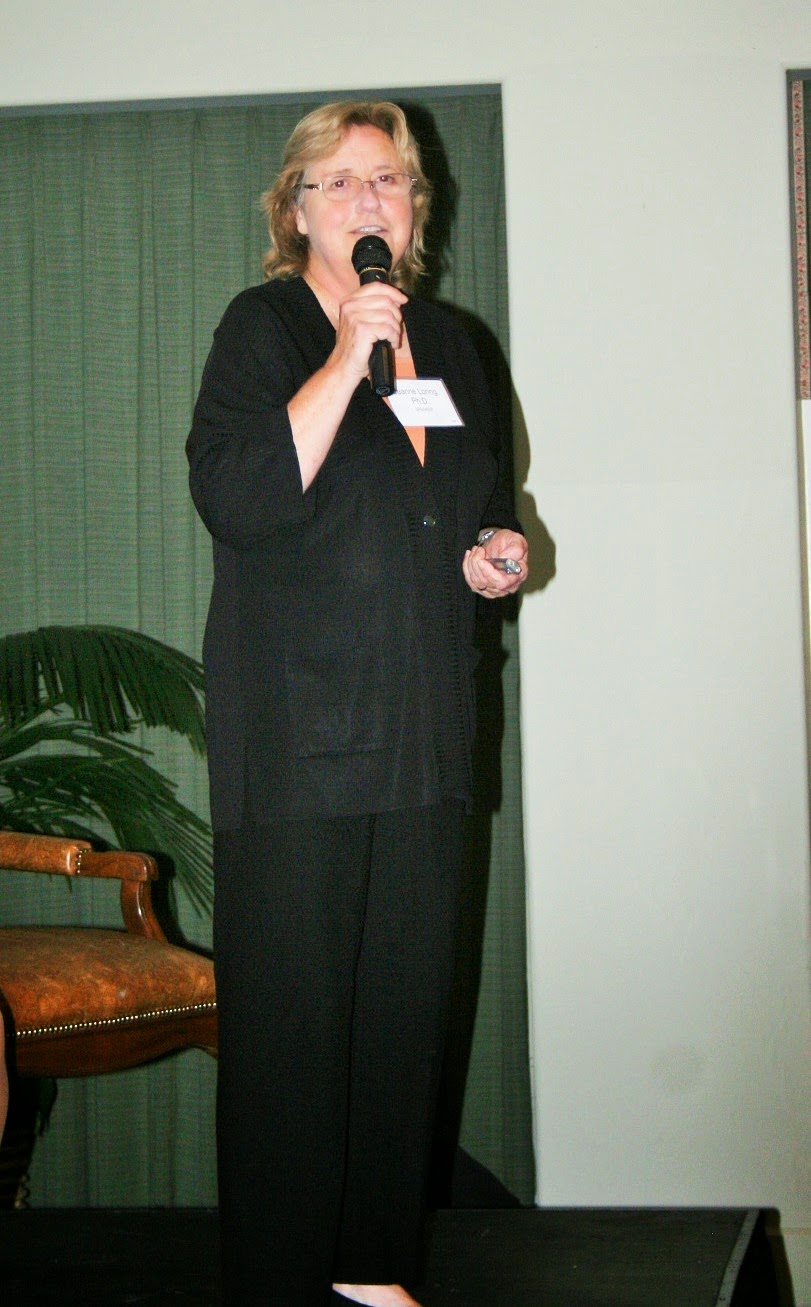Why a universal health initiative is needed: shifting the current research paradigm to stop illness before it gets to you.
We were very fortunate to have Dr. Stanley Maloy from SDSU speak at the Foundation’s 20th year anniversary celebration last November. The topic: one world, one health.
As recently as 2011, there was an E. coli outbreak in Germany that very rapidly moved through Europe to Canada. The outbreak resulted in a few cases at the beginning of May, to over 200 cases by the end of the month.
Aside from the typical, critical symptoms – among them diarrhea and loss of blood-- this particular strain of E.coli was creating a secondary problem. For unknown reasons a substantial number of patients were showing complications from Hemolytic Uremic Syndrome (HUS), creating a series of problems related to kidney failure. So the health consequences typically known to affect children predominantly had now changed such that 25% of patients were middle aged women –a variation on the patient profile of victims of E.coli.
On May 20th of that year, the first case was reported to the corresponding health authorities. By May 24th, stool samples had been collected and the culture isolated. The results showed the outbreak was a new antibiotic-resistant strain of E. coli.
Shortly thereafter, the DNA sequencing began and the computer models based on gene data analyses had been constructed. The entire world had come together to analyze, identify, and isolate the strain and discover the source of the outbreak within 48 hours: fenugreek sprouts imported from Egypt.
It was the very first worldwide public health effort to stop disease in its tracks. By the way, Dr. Maloy's lab at SDSU proudly contributed to the effort!
And it’s the ‘coming together’ part of the equation that stands out. In an era where information flows freely, the 'one world, one health' concept sounds not only logical, but represents yet another true example of the word 'globalization'.
The history of infectious diseases shows that, from the early 1900s up to 1980, death incidences had significantly decreased in the US – except for the 1920s epidemic of the Spanish Flu. Even though lower death rates from infectious diseases were attributed to historical changes in the 20th century --the development of vaccines and the discovery of antibiotics, to name a few-- the decline is really a consequence of access to clean water.
It has, however, not been the case for the past 25+ years. Every year, there have been new and emerging, antibiotic-resistant diseases --every year! Furthermore, mortality rates due to the chronic illnesses derived from infectious disease are rising worldwide. In other words, illness today has NO geographic boundaries. Health shouldn’t either.
So why is there a shift in rates of infectious disease and related illnesses?
 |
| Dr. Stanley Maloy |
Quite contrary to popular belief, the increase of infectious diseases comes from animals, not food; even though there has been an increase in foodborne diseases. New types of pathogens in the air can be transmitted to animals and then humans.
So what should the solution be? A shift in paradigm.
Typically, illness is managed through a systematic approach by the corresponding entities in charge of managing disease. Human illness is managed by doctors; animal illness by veterinarians, and environmental health by environmental biologists. There is, however, little to NO correlation between the three different groups of organizations managing world health.
The narrative is very clear. A global effort such as the one that took place with the E.coli outbreak in Germany in 2011, indicates that collaboration between multiple disciplines can achieve optimal human, animal and environmental health.
If we can’t cure it, we can at least get better at stopping infectious disease in its tracks.
###
The Doris A. Howell Foundation for Women’s Health Research is committed to keeping the women we love healthy, advancing women’s health through research and educating women to be catalysts for improving family health in the community.The organization does so by funding scholarships to scientists researching issues affecting women’s health; providing a forum for medical experts, scientists, doctors, researchers, and authors to convey the timely information on topics relevant to women’s health and the health of their families through its Lecture and Evening Series, and by funding research initiatives that will create women’s health awareness and advocacy in the community.
###




Comments
Post a Comment